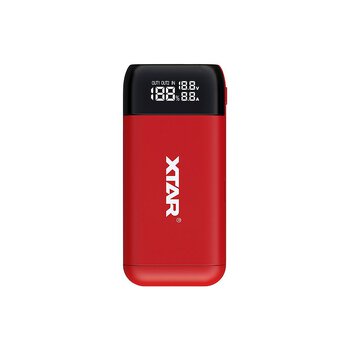
Key Features
- CPU-controlled three-stage TC/CC/CV charging process
- automatically selected charging current 2x 1A / 1X 2A
- two USB outputs - TYPA and TYPE C (IN/OUT)
- Two independent charging channels + built-in balancer
- powered by USB TYPE C socket with QC3.0 and PD 3.0
- small dimensions - easy to carry
- Magnetic charging compartment cover
- Deeply discharged cell reactivation function
- protections: short circuit, thermal, against reverse polarity
Xtar is a renowned manufacturer of high-quality Li-ion battery chargers, flashlights and Li-ion batteries. Xtar products are sold in more than 120 countries, including the most important countries. in the USA, Germany, Japan and Russia. Xtar uses the highest quality materials to manufacture its chargers – from the plastic of the housing to the high-performance electronics. All Xtar chargers have the CE certification required for European markets.
In the small casing there is a fully professional processor charger with a power bank function with a three-stage TC/CC/CV charging process. Charges 3.6/3.7V Li-ion cells of any capacity in size 18650/ 20700/21700 - only unprotected. An intelligent built-in balancer controls the charging and discharging process. Thanks to it, the life of the cells is significantly extended. The charger always starts by charging the more discharged cell. When a similar charge level is reached, it starts charging both batteries at the same time. The same happens in the case of discharge. The charger starts discharging from the more charged cell, when the charging levels equalize, it starts to discharge both batteries at the same time (power bank function).
What is the TC/CC/CV loading method? It is a three-stage charging process for Li-ion cells that ensures that the cell is kept in good condition by charging with the right current at each stage and completing the charging process at the right time.
The different steps of the TC/CC/CV process are:
- TC phase: cells discharged below 2.9V are 'woken up' with a lower current.
- CC phase: when 2.9V is reached, the cell is charged with a constant current of 2x2A / 2x1A / 1x2A.
- CV phase: when the cell is almost charged, the charger switches to charging with decreasing current until the voltage of 4.2V on the cell is reached. Once 4.2V is reached, the charging process is complete - the battery is fully charged.
Batteries with a voltage of 4.1V or higher are treated as charged by the charger. To fully charge such a battery, insert it into the charger before turning it on. Charged batteries left in the charger will undergo a natural self-discharge process. Charging will resume when the battery voltage drops below 4.1V.
The Xtar PB2S charger has the function of reactivating deeply discharged cells and cells with a voltage of 0V. Many chargers on the market are not able to charge such batteries. This is where the Xtar PB2S charger comes to the rescue, which in many cases allows you to 'rescue' such cells. Simply insert a deeply discharged battery into the PB2S charger as you would with normal charging - the charger will detect the discharged battery and attempt to reactivate it.
Remark! Cells discharged below a certain level are irreversibly damaged and may not be able to reactivate. Avoid discharging Li-ion batteries too deeply - this can lead to a significant reduction in their durability and capacity or lead to their complete inefficiency.
Chargers from other manufacturers can significantly increase the temperature of the charged cells during charging. Too hot cells can cause them to wear out faster. With the PB2S, Xtar has gone one step further than the competition by solving this problem in a simple way: using power from an external power supply. Thanks to this, the temperature of the battery charged in the PB2S will increase by no more than 15 degrees.
The Xtar PB2S charger comes with a USB TYPE C cable. To power the charger, all you need is any charger with a USB socket, e.g. from a phone or a computer with a free USB port. Charger that supports QC3.0 / PD3.0 is recommended to get the most out of the charger. It is possible to use a charger with less power, but in this case the charging time will be longer.
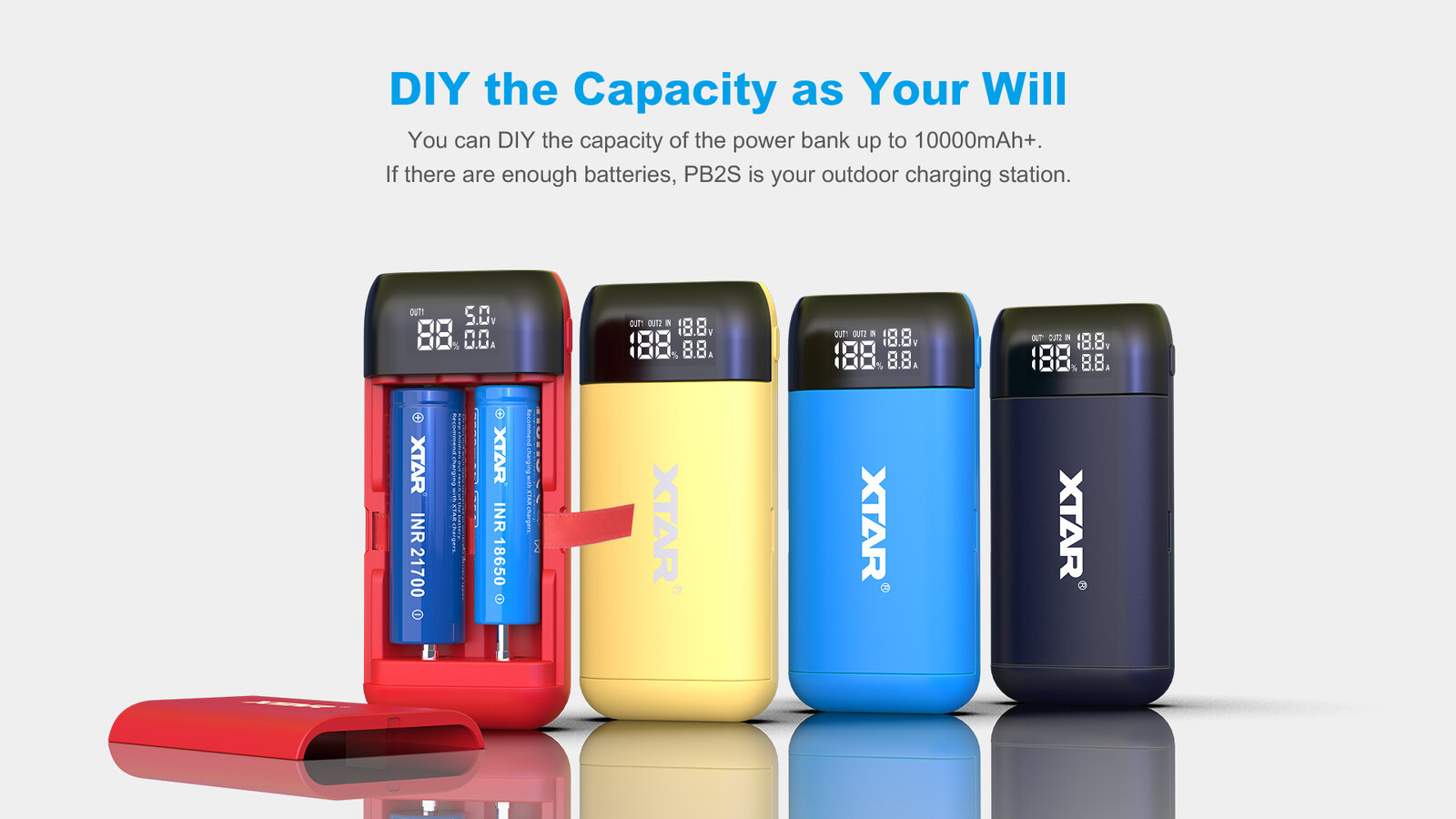

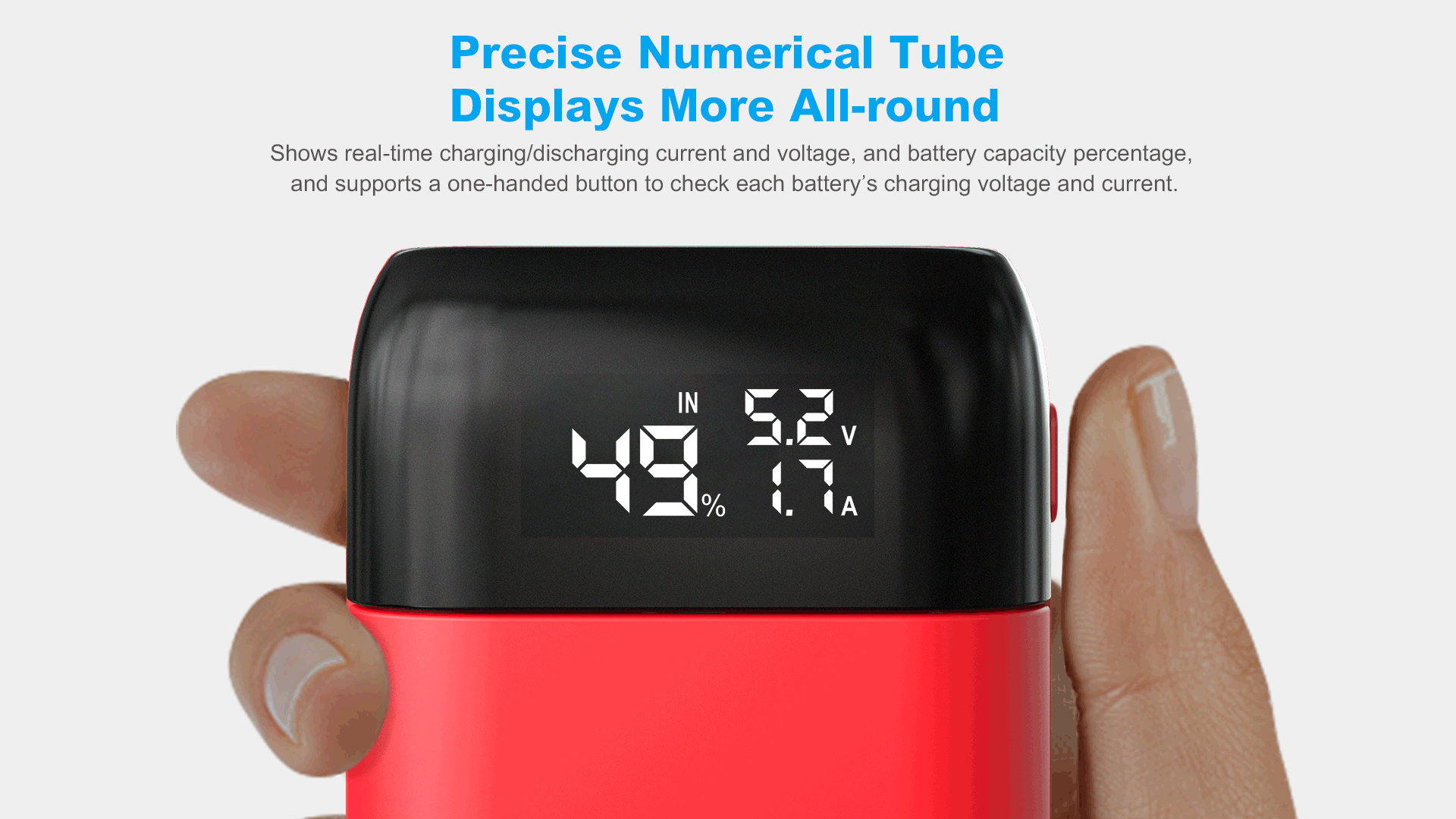


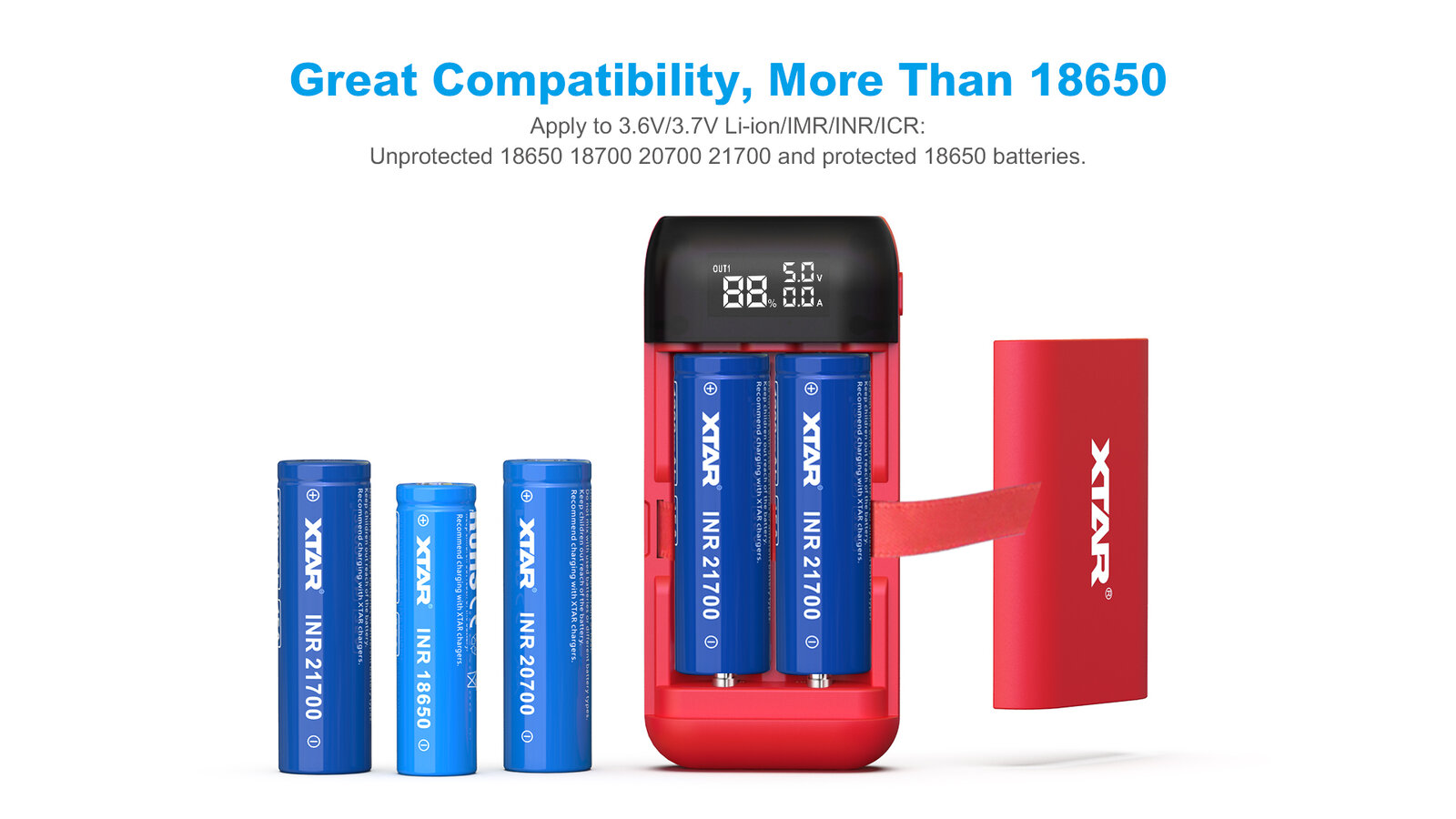

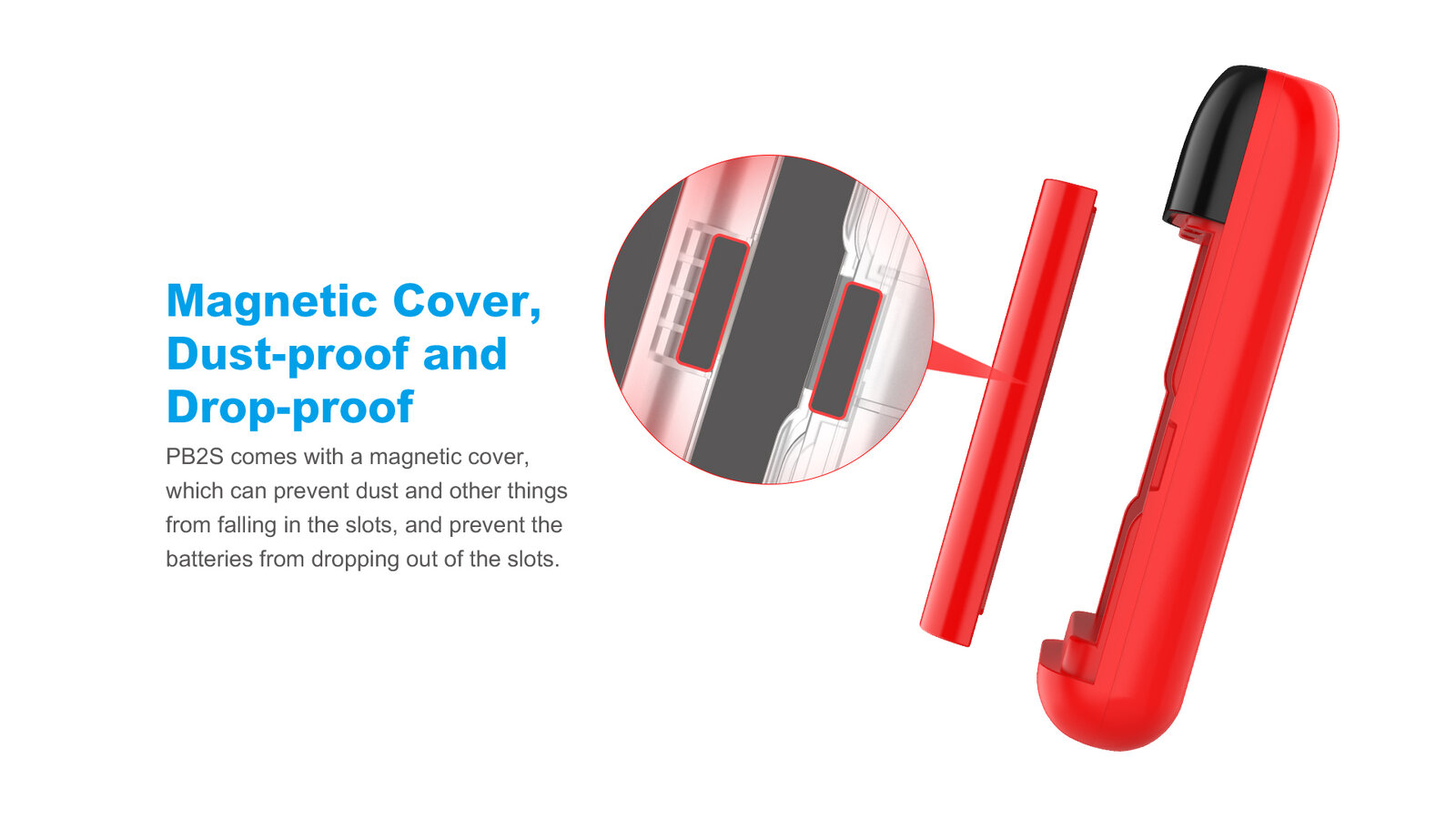
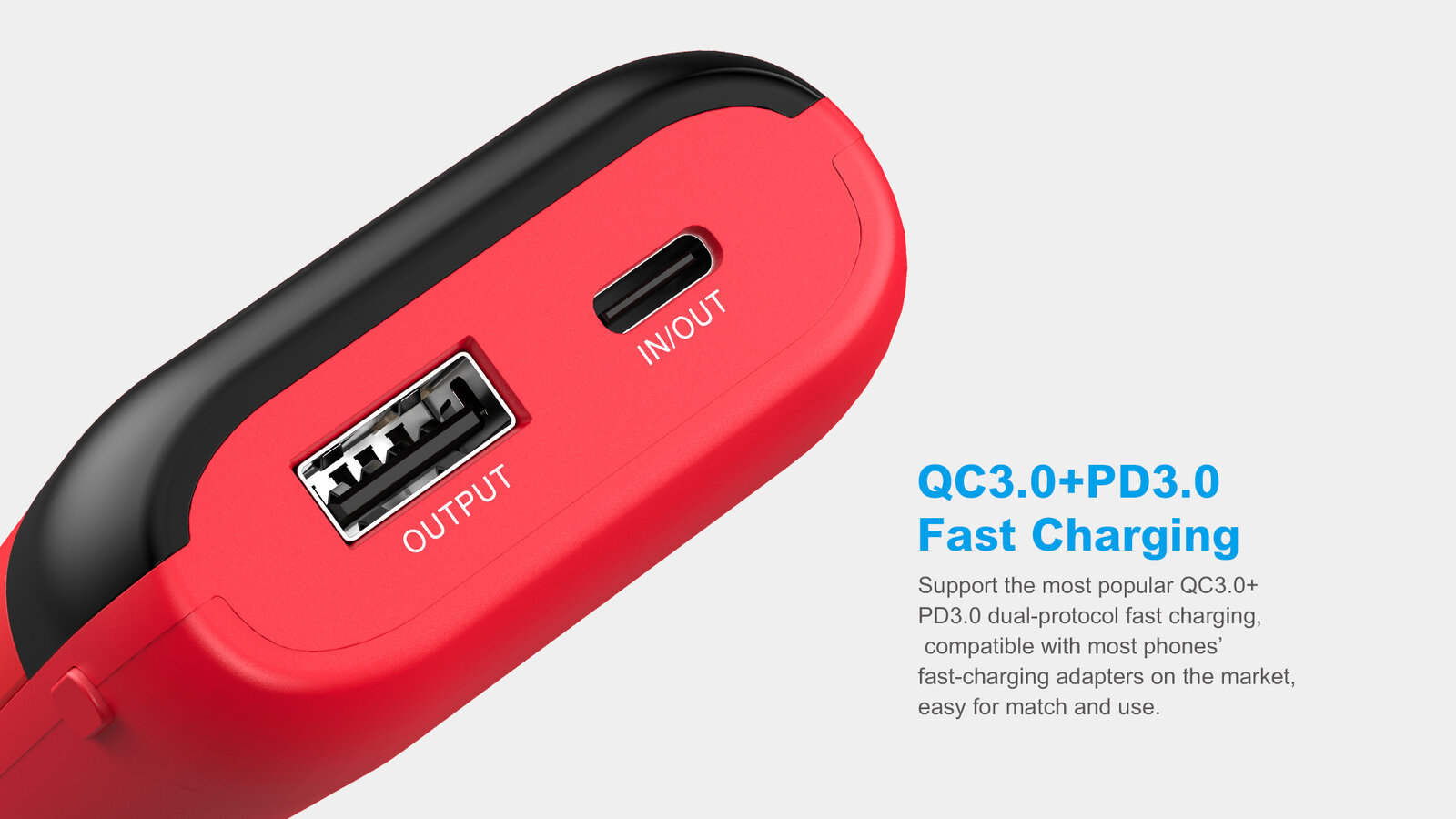
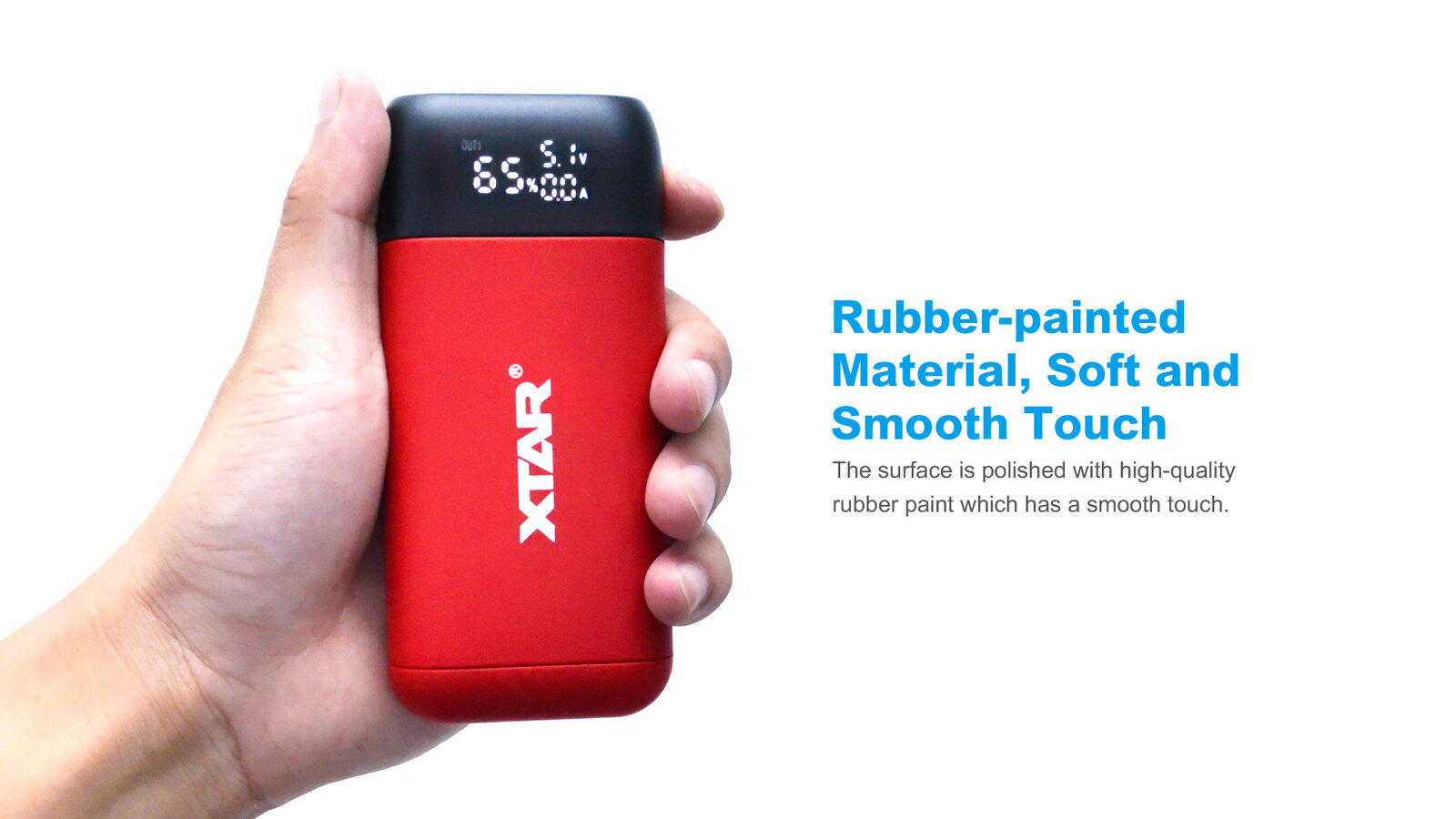
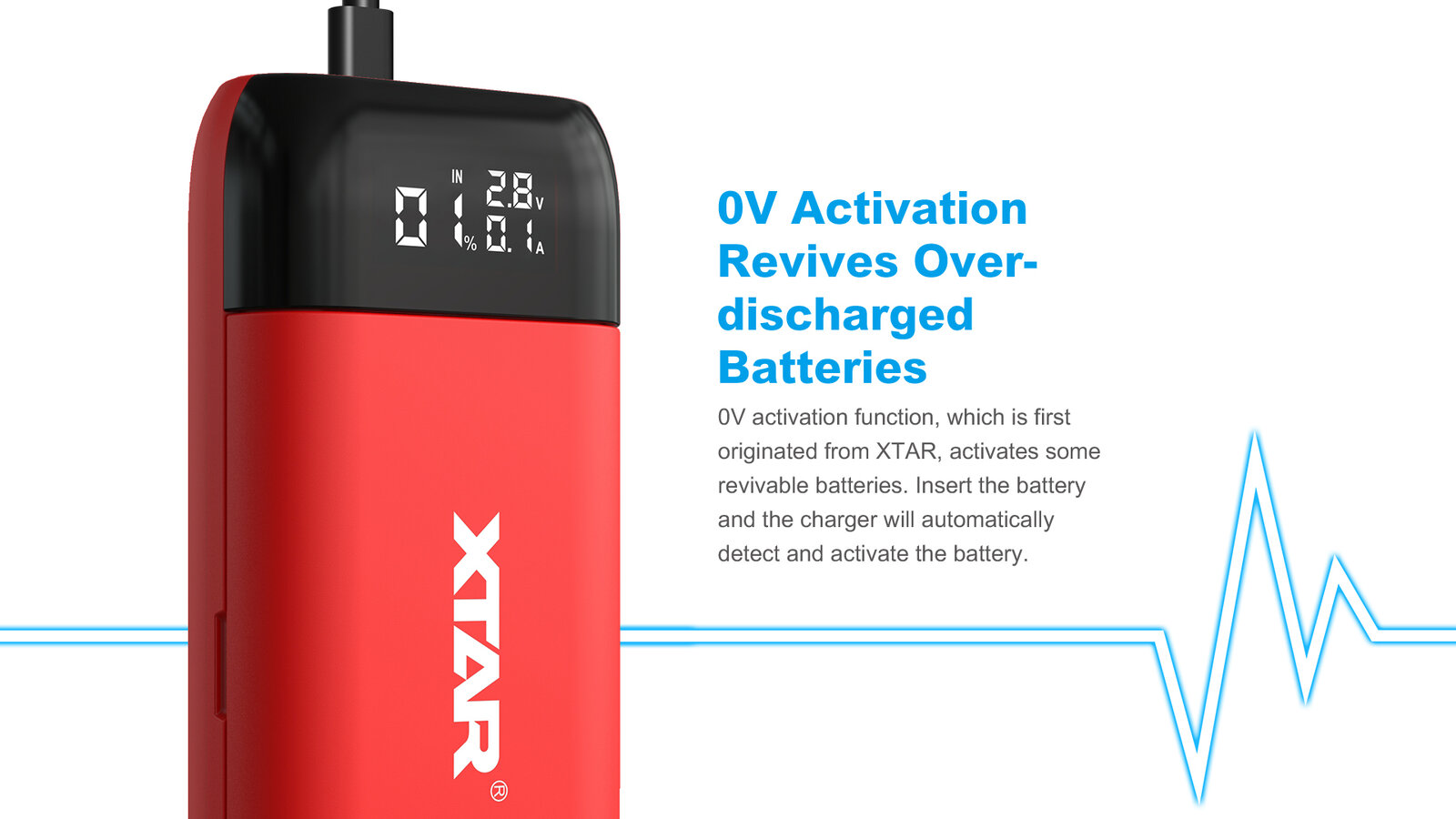


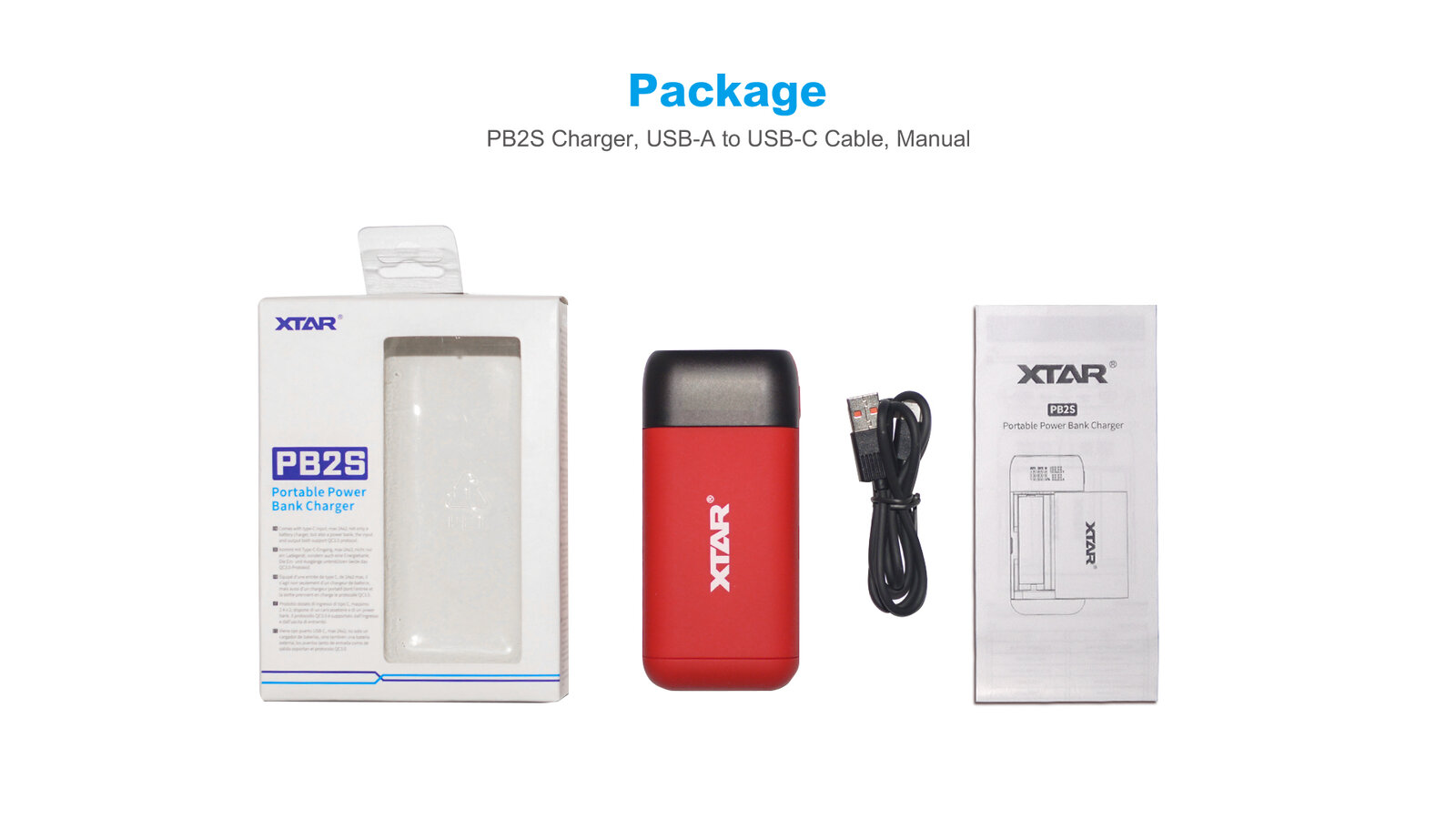
- Li-ion batteries 3.6-3.7V, unprotected
- Li-ion batteries 3.6-3.7V, protected (with PCM/PCB)
- 5V DC(Kabel USB-C w zestawie. Brak zasilacza w zestawie.)
- Processor-controlled TC/CC/CV for Li-ion
- 2x 2A / 2x 1A / 1x 2A
- 4.2V ±0.05V
- Reactivation of deeply discharged cells and 0V cells
- Power bank function
- Before the charger overheats
- Against overload / short circuit
- Before reverse polarity of cells
- Charge
- PB2S charger
- USB Type-C to Type-A Cable
- Li-ion batteries 3.6-3.7V, unprotected
- Li-ion batteries 3.6-3.7V, protected (with PCM/PCB)
- 5V DC(Kabel USB-C w zestawie. Brak zasilacza w zestawie.)
- Processor-controlled TC/CC/CV for Li-ion
- 2x 2A / 2x 1A / 1x 2A
- 4.2V ±0.05V
- Reactivation of deeply discharged cells and 0V cells
- Power bank function
- Before the charger overheats
- Against overload / short circuit
- Before reverse polarity of cells
- Charge
- PB2S charger
- USB Type-C to Type-A Cable
5th Floor, No.77 Xinhe Rd, Shangmugu
518000 Shenzhen
Chiny
Email: info@xtar.cc
Telephone: (+86) 755-25507076
Geodetów 24
80-298 Gdańsk
Polska
Email: contact@baltrade.eu
